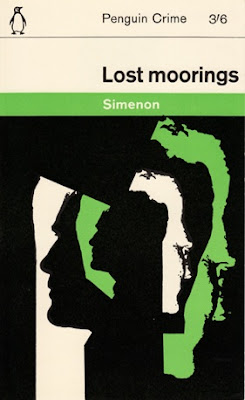Image courtesy of Anita Elgerot
In Sweden we don't have Thanksgiving, but lately I've been thinking that perhaps our holiday Alla helgona in a way has a similar function (even though of course not the same origin).
Alla helgona is All Saints' Day - a holiday a lot of my friends and family in the UK and US think of as a Catholic holiday. In Sweden however Alla helgona is not necessarily seen as religious, but rather as a day to remember those loved one's we've lost and as a celebration of your family and an occasion to gather everyone for a nice meal.
At dusk clusters of families - often with many small children - go to the cemetery bringing candles, flowers and arrangements made with pine cones and other local and seasonal plants. The graves are visited and tended, its owners' remembered. And the memorial garden overflows with candles and flowers. When you go through the cemetery the candles are so many they glow like stars guiding you. Back home you continue the remembrance, but also just enjoying being together. Stillness.
This post is from All Saints' Day last year, but it's of course as valid this year. Wishing you a wonderful weekend!






































